
The chapel is also the only one of its kind in the province located on top of a hill overviewing the Basco town proper, the airport, the boulder beach, and the Mt. Iraya.
Tukon Church

These boulders are said to be evidences of geologic forces from the volcanic eruptions of Mt. Iraya around 325 B.C. and two others around 286 A.D. and 505 A.D. This stretch of boulders and gravel, smoothed over time by the strong waves of the West Philippine Sea and the Pacific Ocean, is the habitat of a variety of marine crustaceans and molluscs. The Valugan Boulder Beach has been a subject of a number of award-wining national photography contests.
Valugan Boulder Beach
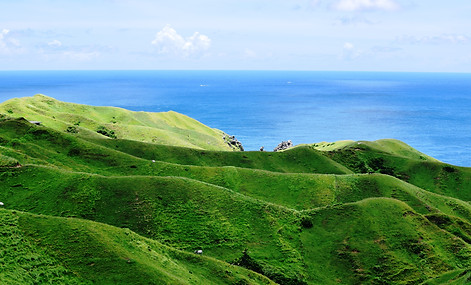
The extraordinary beauty of this site was promoted largely by widely distributed photos and much-loved photo shoots. These rolling hills boast of a perfect combination of landscapes and seascapes and what appears to be an endless wave of rolling hills. This is the nearest site within Basco proper where the three major island municipalities (Batan, Sabtang and Itbayat) can be viewed all at once. Vayang Rolling Hills is also an “overlook” for everyone, especially for nature lovers.
Vayang Rolling Hills

Basco Lighthouse is a lighthouse in the town of Basco in Batanes, the northernmost province in the Philippines. Located in Naidi Hills in Barangay San Antonio, the lush green hills and the open sea provide a beautiful backdrop for the lighthouse. The place can easily be reached by a 1.2-km (3/4 mile) hike from the Port of Basco.
LightHouse

Naidi Hills is A picsturesque Pefrect for Sunset Viewing
Naidi Hills
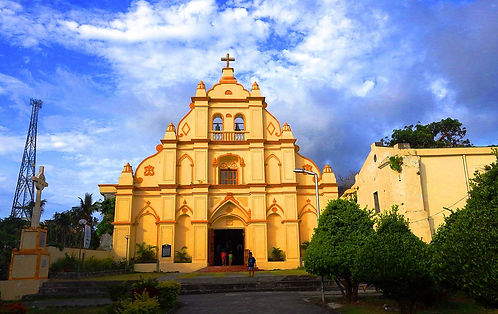
The structure was first built from 1787 to 1796 by Father Baltazar Calderon, OP and Father Bartolome Artiquez, OP. Several reconstructions were made on the church such as incorporating rocks by Father Francisco de Paula Esteban, OP in 1795 and the shortening of the nave and the reconstruction of the dacade by the Father Nicolas Castaño, OP in 1812 done in an espadaña style. The walls of the church were installed with massive pilasters from the foundation to top to protect it against typhoons and earthquakes. The Basco Cathedral is one of the first limestone building built during the Spanish regime.
Sto. Domingo Church
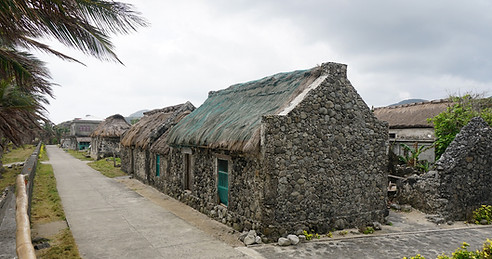
Savidug is a small village with stone houses in a row. Cogon grasses are the distinctive roofing on each of the vernacular houses. It is said that the life of the cogon grass as a roof will take 30 years. Each house in the community has their own schedules as to when the replacement will happen. The village people will help each other for the roofing until such work in a house will be finished.
Savidug Commnunity

Fundacion Pacita
Earth and art come together at Fundacion Pacita Batanes Nature Lodge to create the most unforgettable and picturesque stay in Basco, Batanes, Philippines. Set atop a lush hill and caught between the mountain, sea, and sky, the hotel offers the best spot to view the scenic landscape, the cultural and aesthetic heritage of the Ivatan people. Experience the true photographic beauty of Batanes right at the comforts of the hotel.

San Vincente Church
San Vicente Ferrer Church, also known as Sabtang Church, is a Roman Catholic church located near Sabtang Port in Sabtang, Batanes, Philippines. Originally a small chapel in 1785 when the Sabtang mission first opened by the Dominicans, the church underwent few modifications until 1984. A short distance to the right of the church's façade stands a pedestal with a stone statue of Saint Vincent Ferrer, the patron saint of the parish and of the municipality.The church, convent and site of the beaterio was declared a National Historical Landmark by the National Historical Commission of the Philippines in 2008.
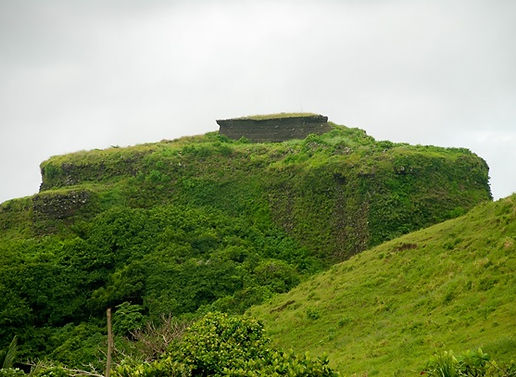
Savidug Idjang Fortress
Idjangs are ancient Ivatan settlements which served as fortresses against invaders. The fortification in Savidug is considered to be the most beautiful and perfectly shaped in the province.
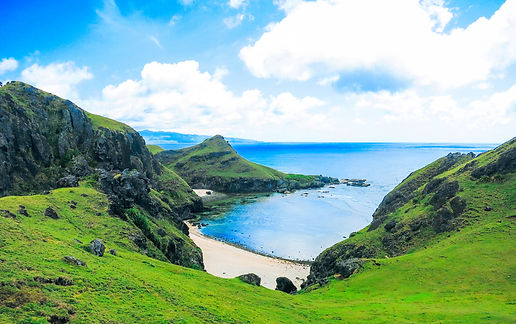
Chamantad Cove & Tinyan
This is the place where you can actually see some Ivatans lend their Kanayi and Vakul for picture taking purposes with the great landscape in your background. A short walk from the dusty road led us to the peak of the viewpoint that offers a panoramic view of the coast.

The walls of stone houses were made with powdered limestone and corals, the roofs were made from cogon grass. The thick walls provide warmth and protection against Batanes’s hostile climate. Each house are the labor of love of a group of people, the product of bayanihan. Now, some repairs to the stone houses were plastered with cement.
Chavayan Village
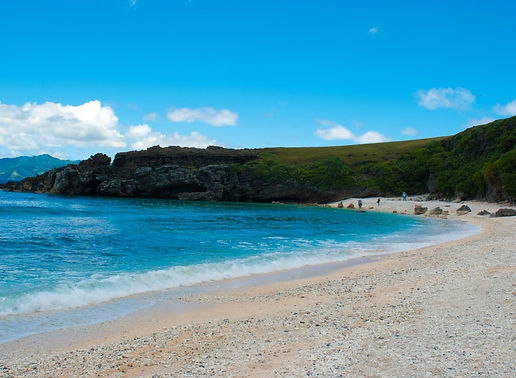
Nakabuang Beach, also known as the “White Beach,” has a distinctive geological formation in the form of an arch. Lime Beach is a beach which is notable for being the place where the local folk get the lime they use to bind the stones for building and repairing their houses.
Nakabuang Beach

This spot is ideal for watching the sunset since it faces the South China Sea. From the viewdeck, you can climb down more than 100 steps leading to a small rocky coast below. Climbing back up is quite a workout.
Chawa ViewDeck
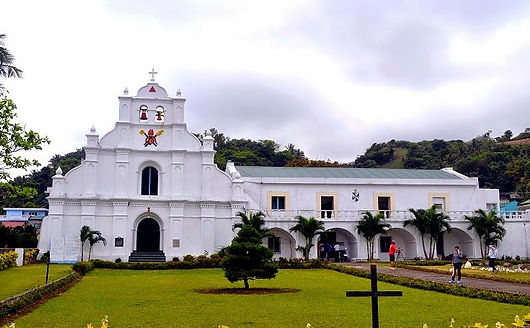
The church is made of stone and lime, common building materials in Batanes. An espadaña belfry is located on top of the facade's pediment with one of its bells dated
San Jose Borromeo Church
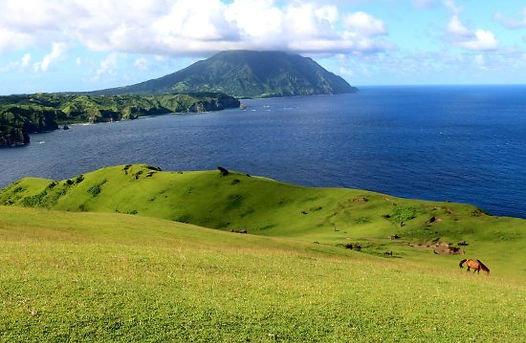
The beautiful island of Racuh A Payaman is a protected location in the island of Batan in Batanes. Marlboro Country might be one of the most photographed places that an avid photographer would be looking for.
Racuh a Payaman

House of Dakay
The House of Dakay is the oldest surviving house in the town of San Jose de Ivana in Batan Island, the largest of the 3 inhabited islands of the Batanes island group that lies off the coast of Northern Luzon in the Philippines. It is a traditional structure with thick walls made of stone and lime and with a roof thatched with cogon grass. Named after the family that owned it, it is known as Vahay ni Dakay in Ivatan. It has been declared a UNESCO World Heritage Building.
Batanes Island Tour
The island-province of Batanes was created by a series of volcanic activities and other geologic forces millions of years ago.
The province is home to the famous Ivatans who are nationally acclaimed as the “True Insulares.” The Ivatans are of Malay stock, tracing their roots to early immigrants from Formosa, Taiwan as well as Spaniards who came to the island in the 16th century. Being an insular people, the Ivatans have kept the purity of their gene pool through time.
Batanes lies at the northernmost tip of the Philippines, where the Pacific Ocean merges with the South China Sea. It is composed of three major islands, namely: Batan which contains the capital town of Basco, Sabtang, and Itbayat. Close by are seven islets including Amianan, which is the closest to Formosa. Thus, Batanes has been identified as the country’s potential gateway to East China.

